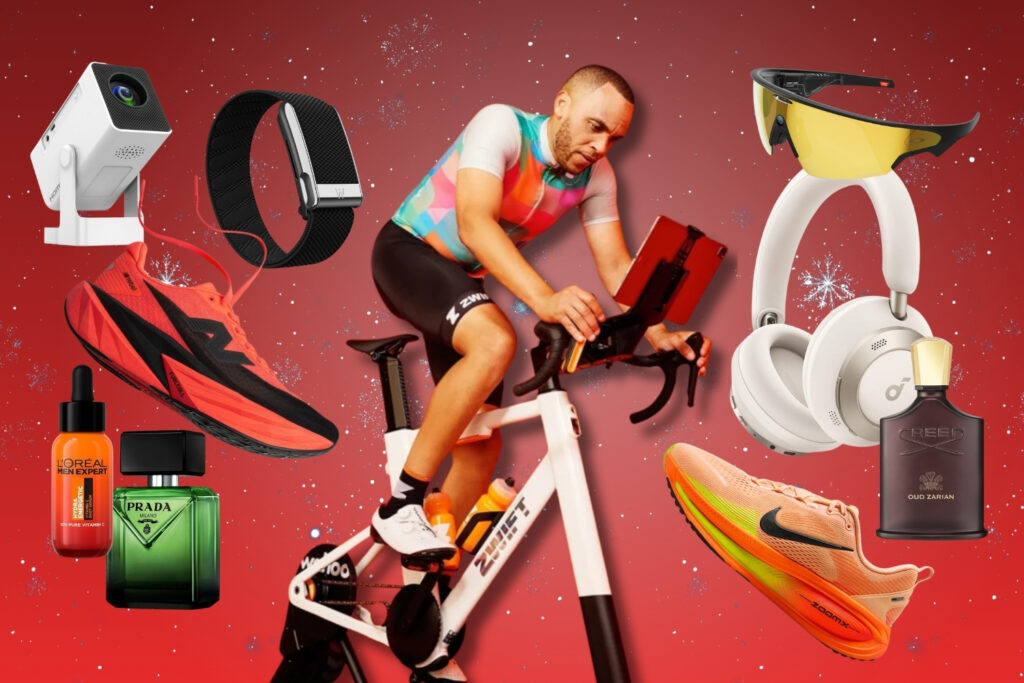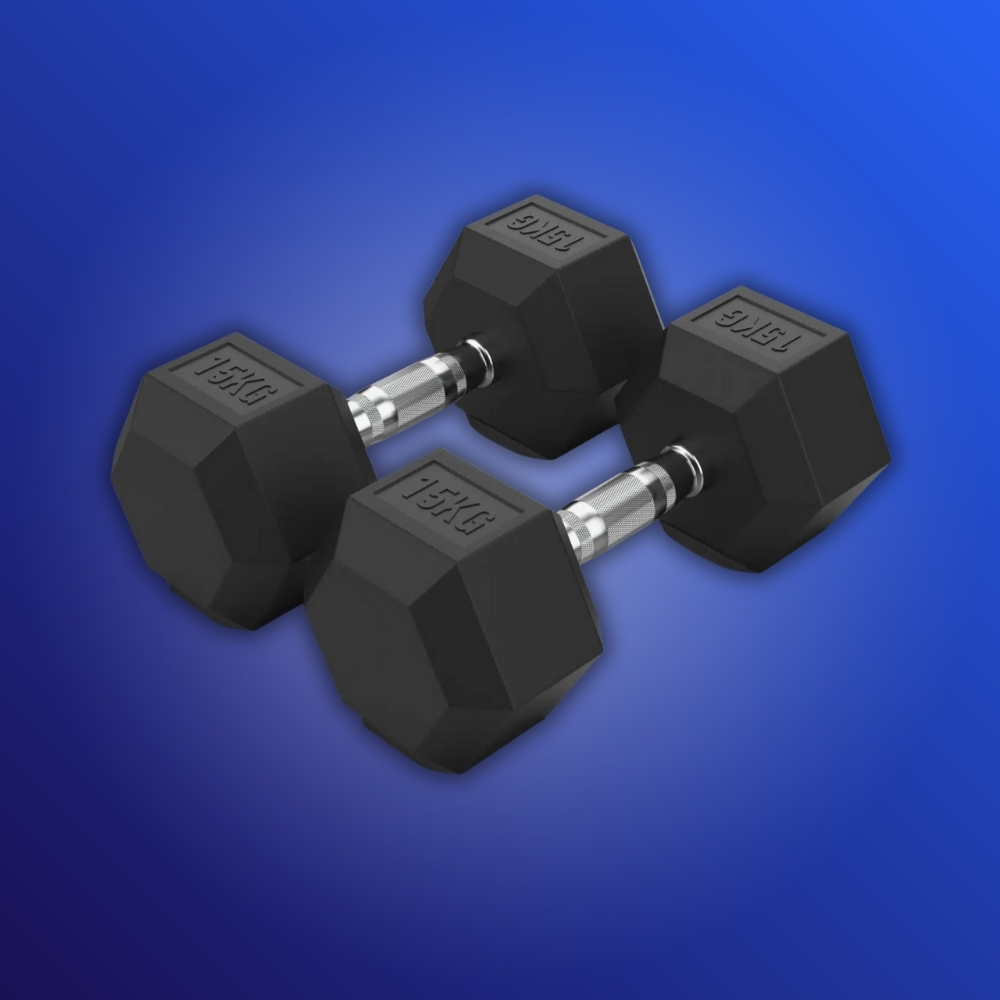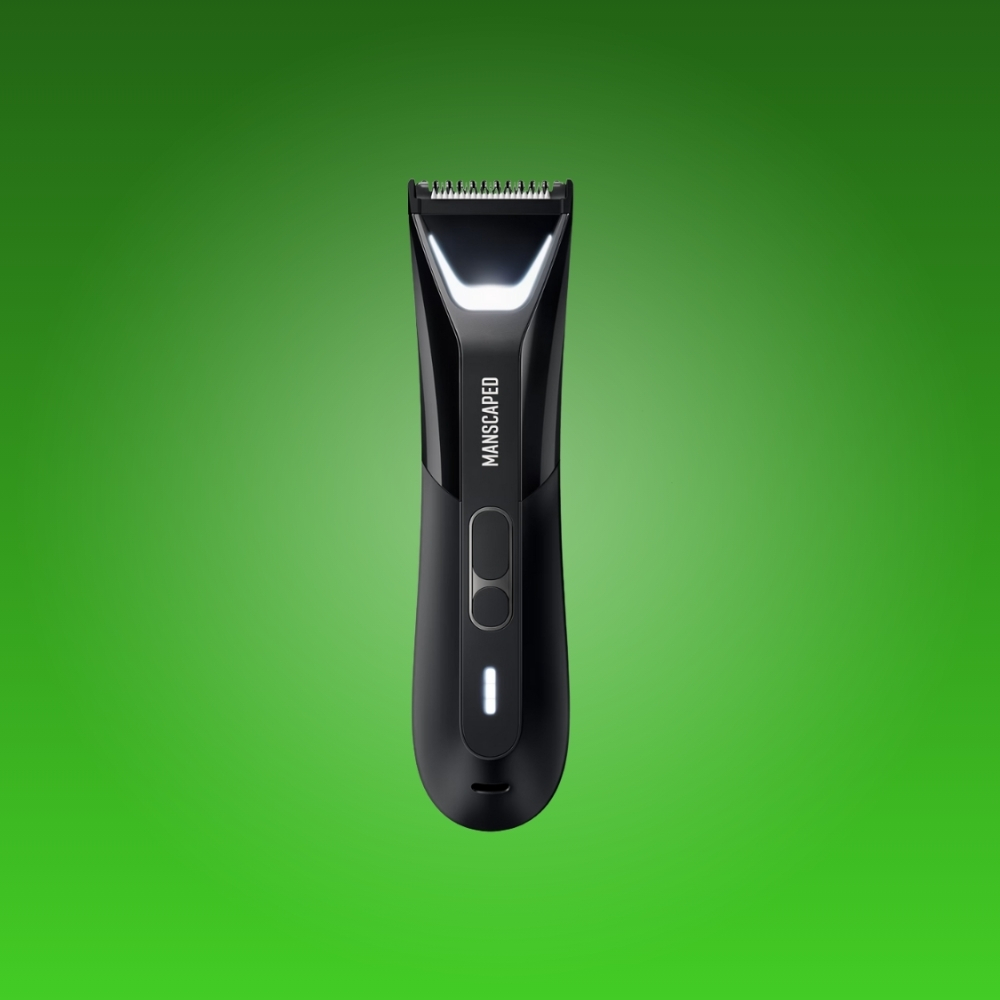
1. Know Your Oil
Oil cools, cleans, and lubricates your engine; wait too long to replace it and your engine could get contaminated with dirt and debris, potentially shortening its lifespan.
It doesn’t take much to be proactive, says Mike Calkins, manager of technical services at AAA. First, check your vehicle’s manual – “the least-read book on the planet,” Calkins jokes – to find out the type of engine oil in your car.
Most new cars require synthetic and semi-synthetic engine oils. You can usually go between 10,000 to 15,000 kilometres between changes, compared to conventional oil found in older cars, which breaks down sooner (often after 6,000km), Calkins says.
If you know you’ve driven more than 15,000km since your last change, head to the shop.
Or, if you have an in-dash oil life monitor – many cars do – schedule an appointment once the level hits 10 per cent, says Calkins.
2. Check Your Tire Pressure
Over-inflated tires can hurt your car’s traction on slick roads. But if your tires don’t have enough air, they’ll wear out faster and reduce your car’s stopping power, Calkins says.
Most cars have a sticker somewhere along the driver’s side doorframe that tells you how much pressure (PSI) your tires need. If you don’t find it there, check the inside of the gas tank door or your car’s manual, Calkins says. Most tires fall between 28 and 35 PSI.
Don’t check your tires’ pressure using the gauges that are built into gas station air hoses. “They’ve probably been run over a thousand times” and won’t be accurate, Calkins says.
Instead, buy an electronic tire pressure gauge at an auto shop, big-box store, or online. Prices vary anywhere from $5 to $20.
Once a month, remove the caps from your tires’ air valves and use the gauge to check their pressure first thing in the morning. (Your tires cool down from being parked all night, so the air pressure will be at its lowest point for the day.)
If you need to add air, you have a couple options. You could drive to the nearest gas station and use its air hose to fill up your tires, or you could buy a car tire inflator – available at auto shops and hardware stores for under $50. Your bike or football pump won’t do the trick.
Firmly press the pump’s nozzle onto your tire’s valve while squeezing its handle to inject the air. If you can hear a lot of air escaping, move the nozzle until you secure a tighter fit. After every 3 seconds of filling, take a break to re-check the pressure.
If your wheels are overinflated, hold your pressure gauge partially on your tire’s air valve to allow some of the air inside to escape. You’ll hear it.
Related: How to Win Any Fight
3. Clean Your Windshield Wiper Blades
If your wipers leave blurry streaks or smears on your windshield, that’s a safety hazard, Calkins says. But you don’t necessarily have to pony up for a new set of wipers.
Instead, put a little windshield washer fluid on a clean rag and wipe off the blades, he advises. “That will clean off dirt and debris, or even wax from the car wash.”
If the cleaning doesn’t help, you know it’s time to replace the blades.
If you don’t have any washer fluid, you can pick some up at an auto shop or hardware stores – usually for less than $10 per bottle. Calkins doesn’t recommend a particular brand, but he does suggest finding a solution that doesn’t freeze during the winter and can remove bugs during the summer.
Pop your hood and check your washer fluid levels once a month to make sure you’re never stuck on the road without the ability to clean your windshield. The tank that holds this fluid will be clearly labeled under your hood.
4. Check Your Brake Fluid
Rule of thumb: Every time you get your oil changed, pop your hood and check the translucent reservoir holding your vehicle’s brake fluid – the hydraulic fluid that keeps your brakes working properly. This will be on the driver’s side of your car.
Look for ‘min’ and ‘max’ lines on the brake fluid tank, says Calkins. “As long as your brake fluid is between those lines, you’re fine.”
If your fluid level is very close to or below the minimum line, either your brake pads are worn – they tend to last anywhere from 30,000 to 90,000 kilometres, Calkins says – or there’s a leak in the brakes’ hydraulic system. In either case, you need to take your car to a repair shop right away.
Related: What Your Car Says About You
5. Check Your Engine Coolant
While you’re checking your brake fluid, you should also inspect your engine coolant – the fluid that keeps your engine from overheating and freezing. Read your car manual to locate the coolant reservoir under your hood.
When your engine is cold, the coolant level should be at or just above the ‘cool’ mark on its tank, says Calkins. In this case, you don’t need to add any more coolant. “It’ll rise when your engine heats up,” he says.
But if you’re below the ‘cool’ line, you’ll need to add coolant. You can pay a pro to do this, or handle it yourself.
Make sure to buy the pre-mixed (with water) type listed in your car manual; prices vary, but you will easily find your type at auto shops and hardware stores.
Slowly pour coolant through a funnel into the reservoir until it’s filled to a point just above the ‘cool’ line.
The good news: Most cars only require new coolant every 2 to 3 years.
This article originally appeared on MensHealth.com














